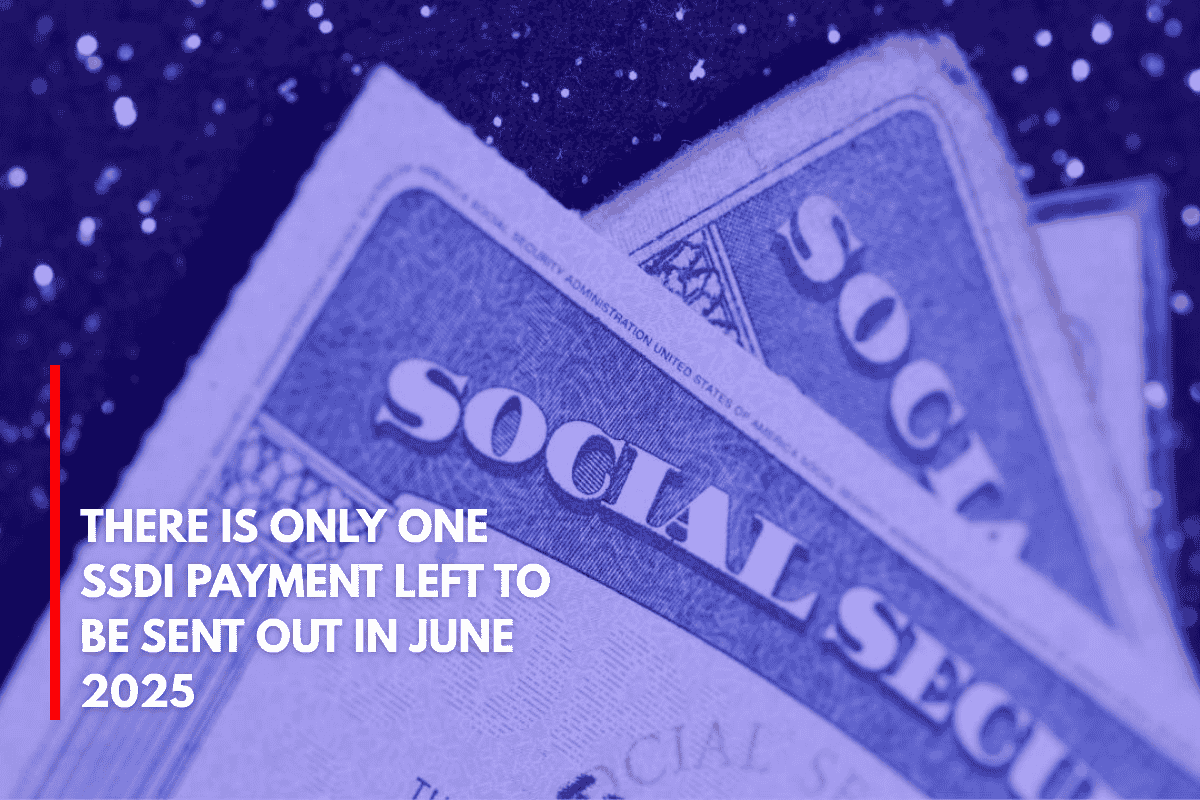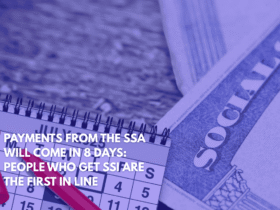The Social Security Disability Insurance (SSDI) program is designed to support workers who cannot perform Substantial Gainful Activity (SGA)—that is, work that earns a living—due to a disability.
SSDI helps people who have paid Social Security taxes but are now unable to work because of a medical condition. The program is available nationwide to workers who meet the eligibility requirements.
In 2025, the maximum monthly SSDI benefit is $4,018, which will remain the same until December. Every year, the cost-of-living adjustment (COLA) ensures that payments adjust with inflation to help beneficiaries maintain purchasing power.
How to Qualify for SSDI
To qualify for SSDI and aim for the maximum benefit, you must meet certain criteria:
Work Credits: You need 40 work credits—20 of them must be earned in the last 10 years. These credits are earned through employment that is subject to Social Security taxes. In 2025, one work credit is earned for every $1,810 of income, and you can earn up to four credits per year.
Sustained Earnings: To get the maximum benefit of $4,018 per month, you must have a 35-year record of earning the maximum taxable income. In 2025, this income threshold is $176,100. Your highest earning years will be used to calculate your adjusted monthly benefit.
Disability Requirements: The disability must prevent any substantial work activity. For non-blind individuals, the income limit is $1,620 per month. For blind individuals, the income limit is $2,700 per month. The condition must also be long-term (lasting at least 12 months or be terminal).
The Medical Condition
The SSA only considers severe disabilities that completely stop you from doing your job or adjusting to a new type of work. This means temporary or partial disabilities don’t qualify.
Applicants need to provide medical records, exam results, and other documentation that proves their condition. If your documentation isn’t sufficient, your application will be denied.
Employment and Self-Employed Workers
To qualify, your work history must show that you have been employed and paid Social Security taxes. Self-employed workers can also earn work credits by filing Schedule SE forms when applying for benefits. If you don’t have a full 35 years of contributions, your benefits will be reduced proportionally.
How SSDI Payments Work in 2025
In June 2025, SSDI payments were made on specific dates based on birthdates. Here’s how it worked:
June 3: Beneficiaries who started receiving benefits before 1997 received payments.
June 11: Those born between the 1st and 10th of the month received payments.
June 18: Those born between the 11th and 20th got their payments.
June 25: The final payments for those born between the 21st and 31st were issued.
Payments are made through direct deposit or postal checks, but there can be delays due to weekends or bank holidays.
What to Do if You Need Help with SSDI
If you need assistance with your SSDI application, you can visit your local SSA office, call 1-800-772-1213, or use your My Social Security online account to manage your benefits.











Leave a Reply